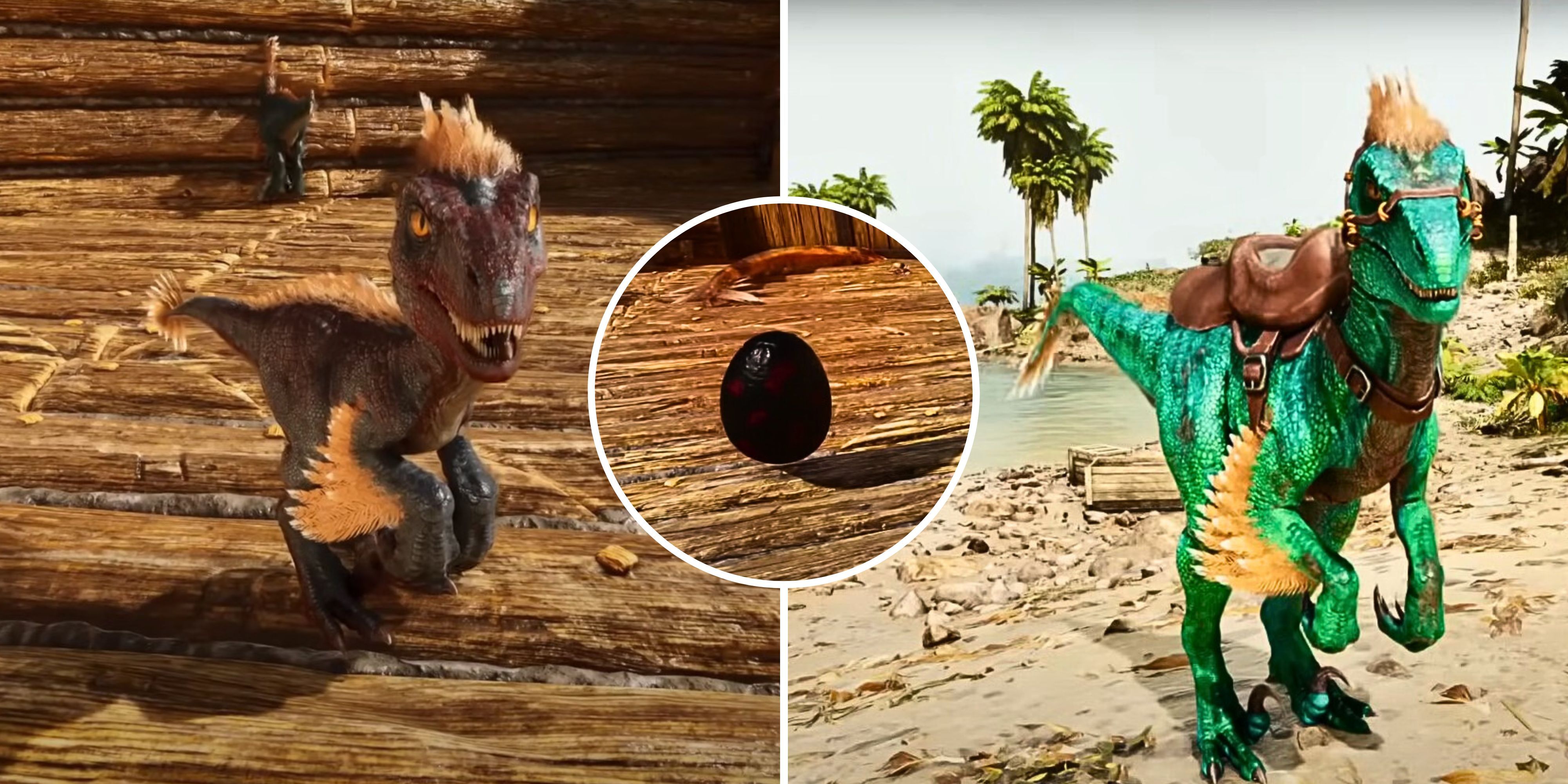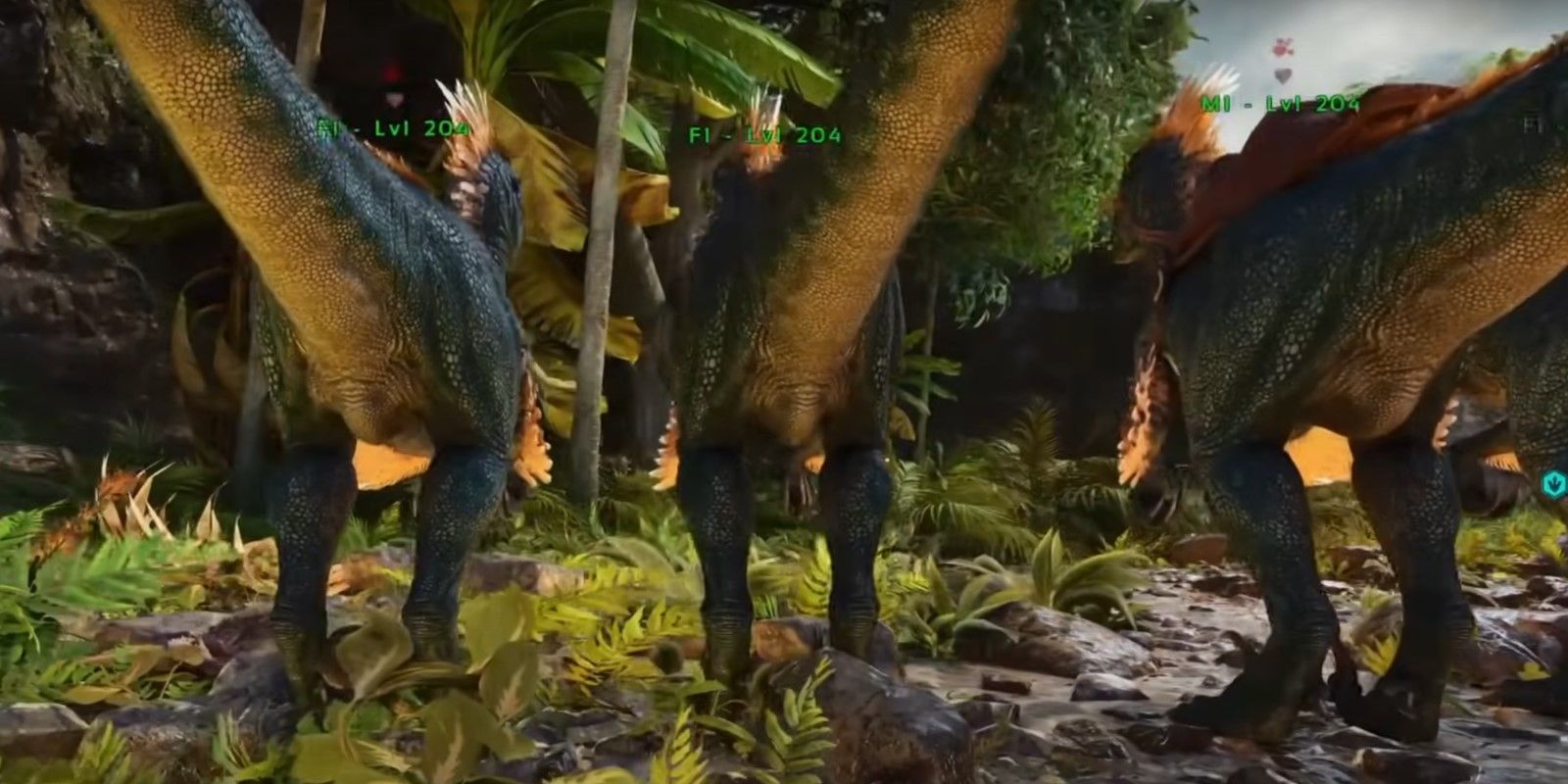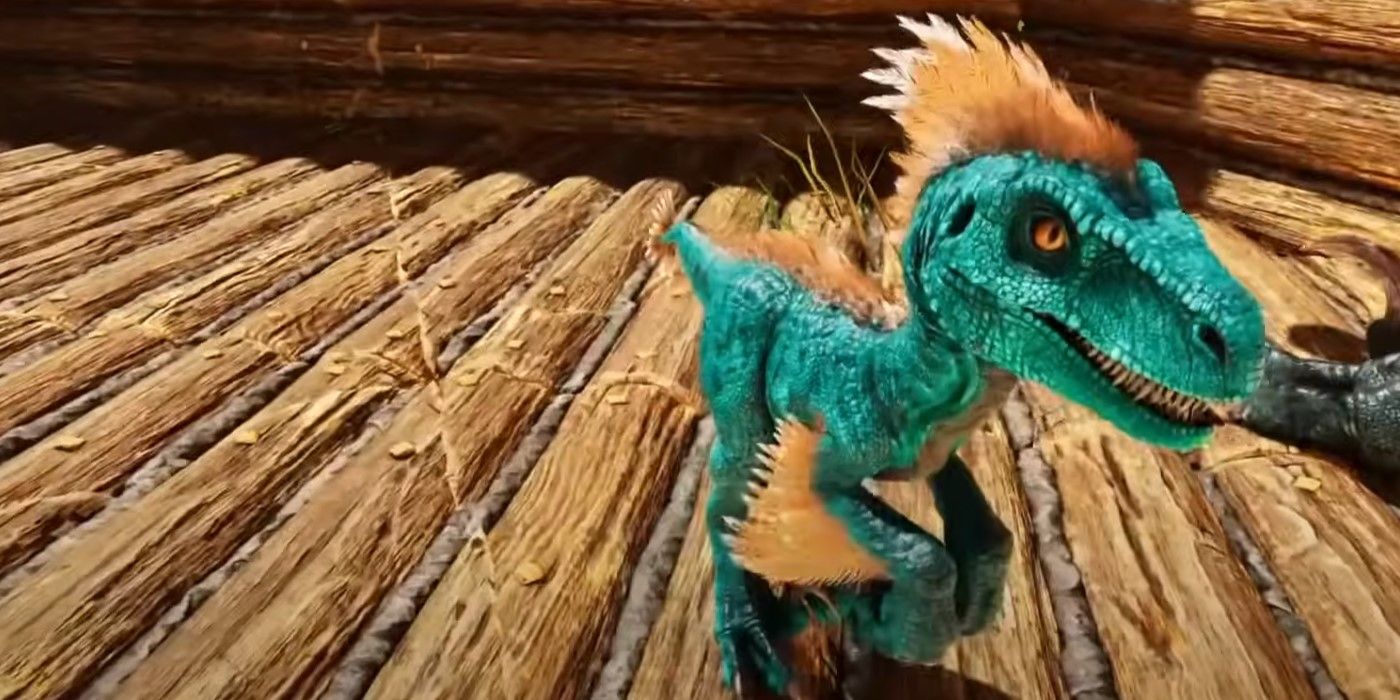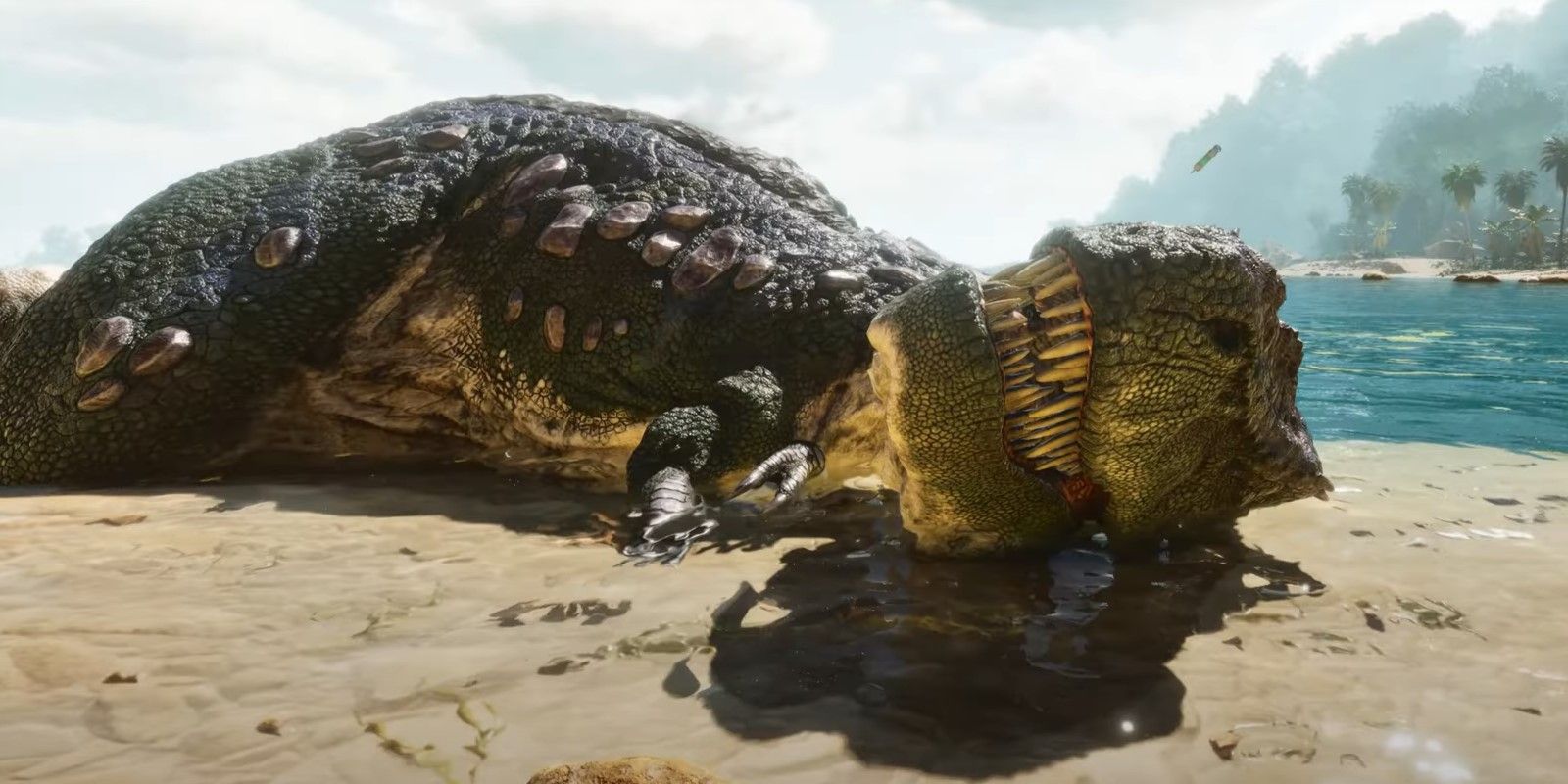In ARK: Survival Ascended, your main objective is to survive. One aspect of the game that can aid you with your survival is taming, breeding, and mutating various dinosaurs. These dinosaurs will protect not only you but also your base if it's under attack.
They can also serve as a means of transportation. However, there are a few aspects when it comes to breeding and mutating that you'll need to take into consideration in order to get the best possible outcome. While this may seem quite tedious, you will benefit greatly from your efforts.
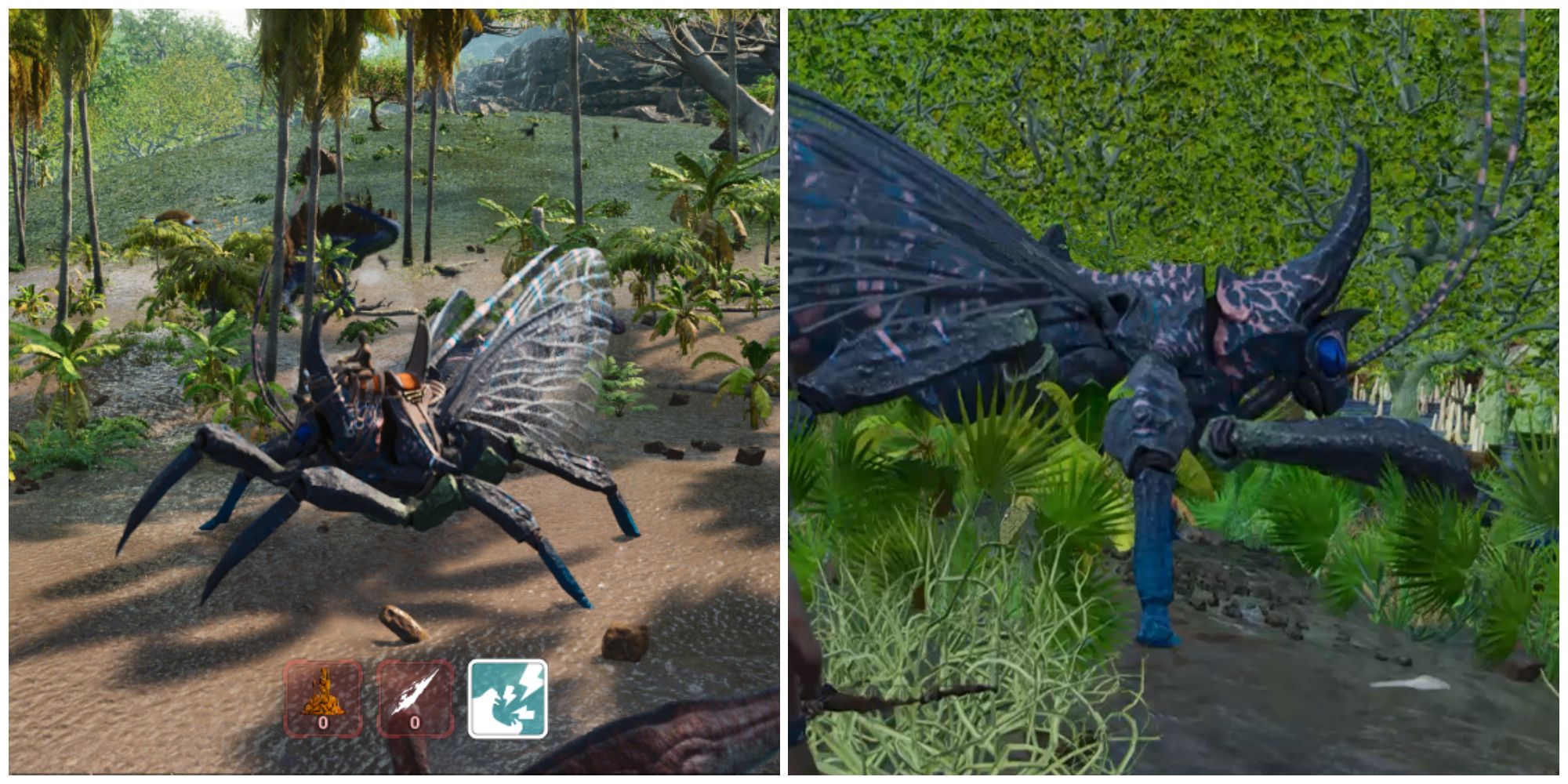
How to Tame a Rhyniognatha in ARK: Survival Ascended
Taming a Rhyniognatha in ARK: Survival Ascended is much different from the usual dinosaur. Here's how you can get one of your own.
How to Breed Dinosaurs in ARK: Survival Ascended
Breeding dinosaurs is a time-consuming but simple process. Basically, so long as the two dinosaurs you want to breed are of the same species and of opposite genders, they are free to be bred. To stay organized, you can build various structures in ARK: Survival Ascended. First, you must tame these dinosaurs before you can breed them.
Once they are tamed, and you ensure there are no hostile predators in proximity of them, use the following steps for successful breeding. After the conditions have been met, you will see a red heart that will indicate mating has begun.
There are some creatures that have certain conditions that must be met before they can mate. For example, Beelzebufo and Diplocaulus can only mate while in the water. Megachelon must be in the depths of the ocean in order to mate and the female Magmasaur must be submerged in a lava-type of surface in order to mate. Since ARK: Survival Ascended added new dinosaurs, there are even more conditions to watch out for when it comes to breeding.
- Use the wheel menu to enable breeding of both the male and female dinosaurs
- Put the two dinosaurs near one another
- Ensure you have enabled "wandering" so they don't follow you, which could interrupt the process
Breeding times may vary, as will the incubation of the egg. When it comes to incubation, each egg will need to be kept at a specific temperature to ensure successful incubation. The incubation begins once the egg is either on the ground or in an incubator. If you fail to provide the correct temperature, it will eventually be destroyed if the "Fertilized Egg Health" reaches zero.
The goal for breeding is to have both parents pass on their best stats to their offspring. The three main stats to look at are health, stamina, and melee, which you will want as high as possible. You will want the points to be as high as possible. The ideal range would be between 40 and 50 points.
There will also be a mating cooldown which can also vary depending on the species. This can range from between 24 and 48 hours. To speed things up, you could utilize a male that has great stats and mate him with multiple females of that species. This is all trial and error until you get a dinosaur with the desired stats you need.
Swap out your parent dinosaurs as needed for better stats, but be sure not to replace the parents too soon because this could result in a stat being left behind. Only replace the breeders once the points begin stacking. Depending on the dinosaur, you will also have a chance of receiving a mutation.
How to Find Mutations in ARK: Survival Ascended
When it comes to mutations, you are simply exploiting the point system a bit. In your main breeding line, they should have no mutations to keep everything pure. Mutations will be random and will be applied to 1 or 2 of the stats. They will respectively add 2 or 4 points. If a double mutation occurs, they can both be applied to a single stat or a couple of different stats. Min-maxing is popular to do, though it is time-consuming. Ultimately, you minimize your less desired stats while maximizing the useful ones.
To find mutations in the line, you can first check to see if there is an increase in any of the stats above what the original parents had. Another way to see if there's a mutation would be a mutation number in the "show ancestors" tab.
A third way to check for mutations is by looking at the second column in the stats, which is given by the tech binoculars. A color change can also signify a mutation. However, sometimes it's so slight that it can be an unreliable mutation sign. If the base level jumps up by 2 points, this could signify a mutation as well, though this sign can be difficult to catch while stabilizing.
If a mutation is found while you are stabilizing, quickly remove it from the line then check to see where the mutation went. Locking out and mutating the health, stamina, or melee, you should be able to set it aside then bring it back later. If the mutation ends up in one of the less desirable stats, you can always kill it and continue.
Stacking Mutations
Getting mutations involves a lot of breeding. For rule of thumb, you will want one male with 6 or 7 females. Create a good number of duplicates from the parents, ensuring there are no mutations already in the line as you're just securing the pure line. A quick way to know if a mutation has occurred is by looking at the levels. If you've stabilized the line at level 250 yet get one that's 252 or above, set aside the mutated one.
This next portion can be a little complicated. Collect a few Oviraptors to help you and be sure to set the setting to "both". The Oviraptors can carry both fertilized and unfertilized eggs. Set them near your pure line that you are breeding. Take the eggs the Oviraptors grabbed then begin hatching them. If you notice any of your eggs are disappearing when you drop them, there is an Oviraptor a little too close to the hatchery, and they're picking them up.
Continue hatching the eggs but keep an eye out for a jump in the levels by 2 points. Only keep the offspring with the level jump. Check to see which stat received the mutation in the mutated offspring. If the mutation was given to a desired stat, set that dinosaur aside and continue looking for other desired mutations. Keep in mind if the mutation lands in oxygen, food, or if there was a double mutation set across 2 different stats, pull them from the line. These could contaminate your line.
Keep breeding until you have a mutated dinosaur for all 3 stats; melee, health, and stamina. Name them accordingly, then choose the stat you wish to stack first. Disable breeding on your pure breeder males. If the mutator is with a female, breed it with a pure breeder male until you get an identical mutated male.
You will want a mutated male breeding with pure females. When breeding begins, you will be looking out for mutated females, as these are not needed. It is also possible to get a creature that received original stats and not the mutated stats, which you can tell if the level is lower than the mutated creature.
- If you're starting with a mutation of 252, look for ones with a 254 or 256 level
- Check where the mutation landed and if it landed on the stat you were stacking, use this dinosaur as the new male mutation breeder
- If it comes out as a female, breed it with a pure breeder male, so you can flip the sex
- All offspring will take mutations from both parents up to 20 per side. Once this is reached, they will stop mutating completely
Repeat this process for each desired mutated stat. Once you've received the desired number of mutated dinosaurs in each stat, you can breed them together to get all 3 mutations stacked into one dinosaur. Keep in mind that on the Official Servers, the maximum creature level will be 450. While this is one way to increase your max dino level in Ark: Survival Ascended, you must do so with caution.
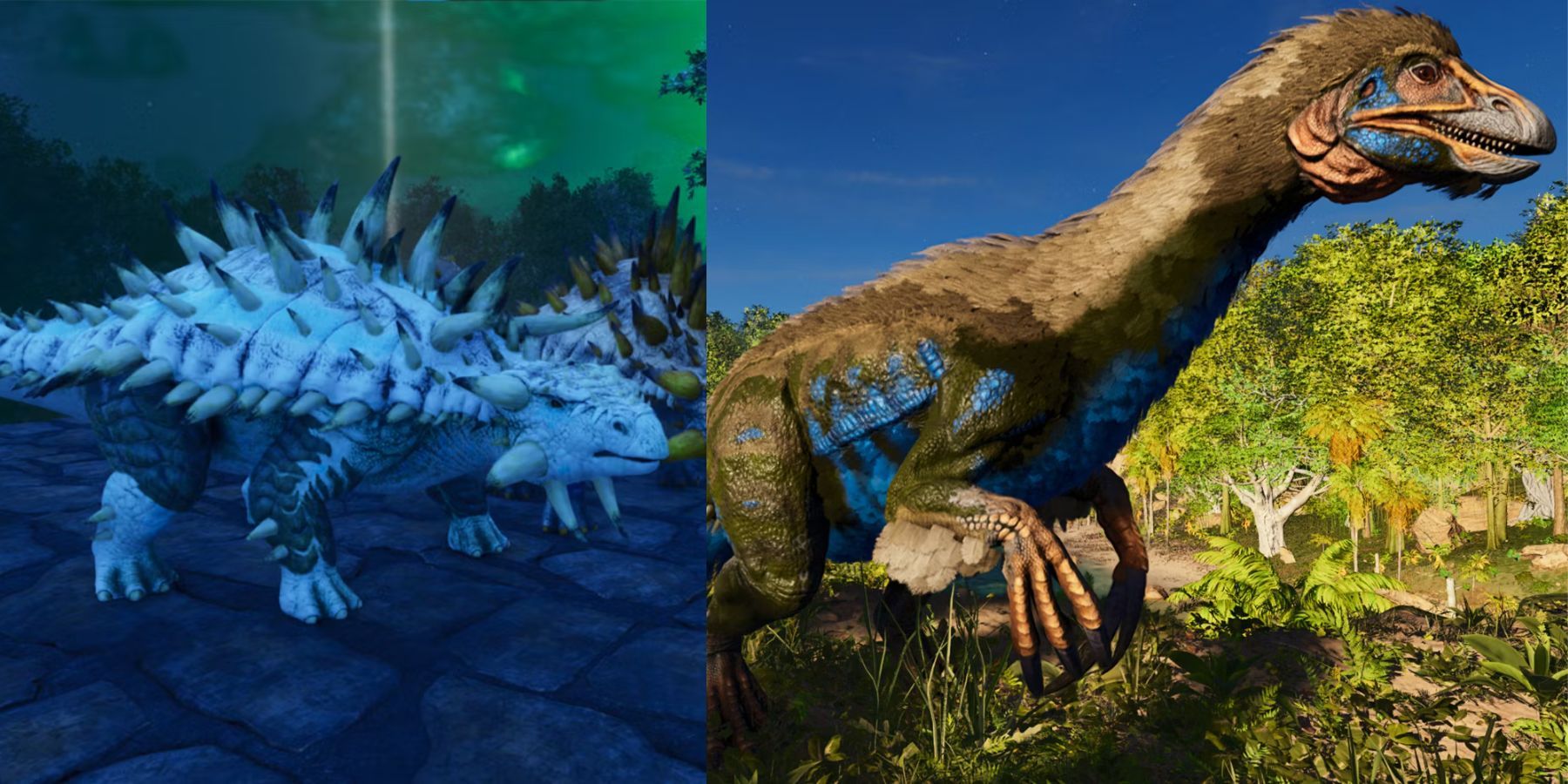
How to Spawn Any Dinosaur in Ark: Survival Ascended
Summoning dinosaurs in Ark: Survival Ascended is pretty straightforward. Here’s how you can do it.
Moving Low Level Stats
If you breed too far and have a dinosaur with a level above this, it will be deleted when the server restarts. You can breed with a low-level creature to lower the food and oxygen stats, which should give you some room to play.
To do this, tame a very low dinosaur and breed it with your line, so you move the low oxygen and food stats. This should give you around 50 or so points below the cap. Unlike Survival Evolved, the mutations are able to transfer independently. This means if you find a better stat, you can breed it within your pure line and breed it against mutated males until you transfer the mutation from the old stat to the new one.
As mentioned, this is all trial and error. You can attempt various methods of breeding when it comes to mutations and see what works for you. It can be a bit time-consuming if you're looking to breed specific colors, but if you're persistent, then it should happen eventually with your mutated creatures.

Ark: Survival Ascended
- Platform(s)
- PC , PS5 , Xbox Series X , Xbox Series S
- Released
- October 26, 2023
- Developer(s)
- Studio Wildcard
- Genre(s)
- Survival , Open-World


